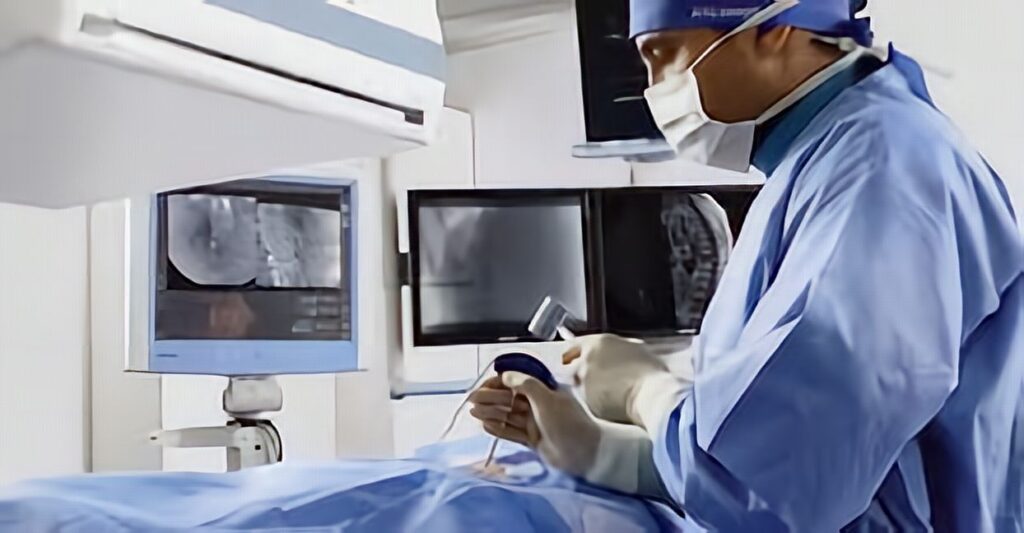Navigating the Path to Recovery: A Guide to Surgical Biliary Stents

Medical advancements have made it possible for patients facing complex biliary issues to find relief through surgical biliary stents. These tiny, flexible tubes, inserted into the bile ducts, serve a crucial role in addressing various conditions, such as biliary obstructions, strictures, or leaks. Understanding how surgical biliary stents work and what to expect during and after the procedure is essential for patients and their families. This guide explores the world of surgical biliary stents, offering insights into their purpose, the procedure, and post-surgery recovery.
Biliary stents, or biliary endoprostheses, are medical devices designed to facilitate the drainage of bile when there is an obstruction or narrowing in the bile duct. The bile ducts are crucial in the digestive process, as they transport bile, a fluid produced by the liver, to the small intestine to aid in digestion. Any blockage or stricture in these ducts can lead to severe complications, including jaundice, pain, and infection.
Surgical biliary stents come to the rescue by acting as artificial channels within the blocked or narrowed ducts. These stents are typically made of materials like plastic, metal, or a combination of both, ensuring they are flexible yet durable. Once inserted, the stents maintain a clear path for bile to flow from the liver to the intestines, relieving symptoms and preventing further damage to the bile ducts.
The Surgical Procedure
The insertion of biliary stents is a well-established medical procedure, often performed by a skilled interventional radiologist or a gastroenterologist. This procedure can be done in various ways, depending on the patient’s specific condition and the healthcare facility’s equipment.
Endoscopic Retrograde Cholangiopancreatography (ERCP): The most common method for inserting biliary stents is through ERCP. This procedure involves threading a flexible endoscope through the mouth, esophagus, stomach, and into the duodenum. Then, a catheter is used to inject contrast dye into the bile ducts, allowing the physician to visualize the obstruction. Once the blockage is identified, a stent is carefully inserted through the endoscope and deployed to keep the duct open.
Percutaneous Transhepatic Cholangiography (PTC): In cases where ERCP is not feasible, such as when there is a surgically altered gastrointestinal anatomy, PTC may be the preferred method. During PTC, a needle is inserted through the skin into the liver, allowing direct access to the bile ducts. A contrast medium is injected to locate the obstruction, followed by stent placement.
Surgical Bypass: In some situations, an open surgical procedure may be necessary to create a new pathway for bile drainage. This is typically reserved for more complex cases where endoscopic or percutaneous methods are not suitable.
The choice of procedure depends on the individual’s condition, the location and nature of the obstruction, and the healthcare provider’s expertise.
Navigating Recovery
Recovery after biliary stent placement is a crucial phase in the patient’s journey towards better health. While the procedure itself is relatively straightforward, patients should be aware of what to expect during the recovery process.
Immediate Aftercare: After the procedure, patients may experience mild discomfort, bloating, or a sore throat if ERCP was performed. These symptoms usually subside within a day. Patients are monitored for any signs of complications and can typically return home once stable.
Dietary Adjustments: Depending on the reason for stent placement and the individual’s condition, dietary adjustments may be necessary. It’s common for patients to receive dietary guidance to accommodate any underlying issues like bile flow or digestive concerns.
Medication Management: In some cases, patients may need to take medications to manage pain, inflammation, or underlying medical conditions that led to the need for stent placement.
Stent Maintenance: If a plastic stent is used, it may need to be replaced periodically, as they have a limited lifespan. Metal stents are often permanent, but they can become obstructed over time and may require additional procedures to clear blockages.
Follow-Up Appointments: Regular follow-up appointments are essential to monitor the stent’s effectiveness and address any issues that may arise. These appointments are an opportunity for healthcare providers to assess the need for stent replacement or removal.
Complications: While biliary stent placement is generally safe, complications can occur, including infection, stent migration, or blockage. Patients should be aware of warning signs and contact their healthcare provider if they experience any unusual symptoms.
Navigating the path to recovery after surgical biliary stent placement is a collaborative effort between the patient, their medical team, and their support network. By understanding the purpose of these remarkable devices, the surgical procedure itself, and the steps involved in recovery, patients can face this challenge with confidence, knowing that they are on the road to improved biliary health and overall well-being.
